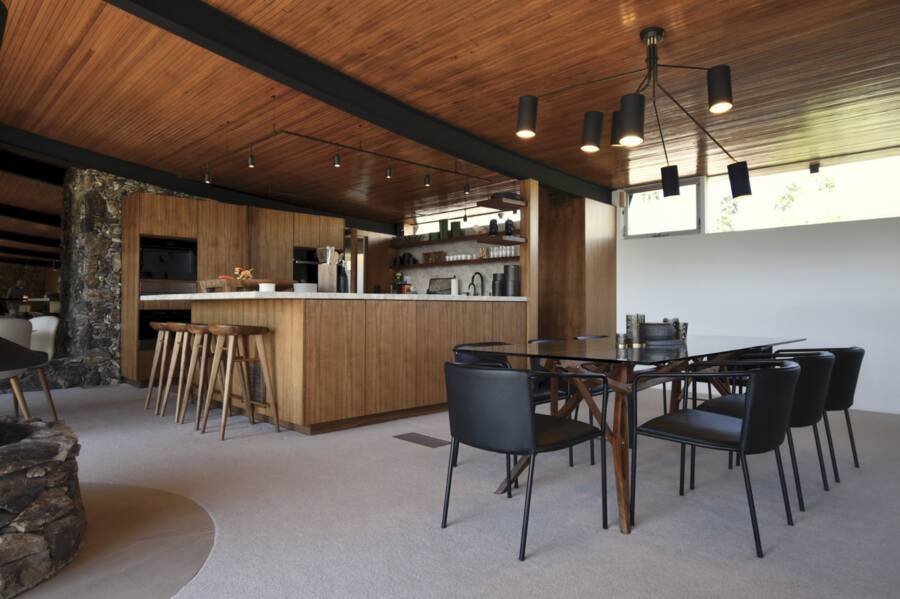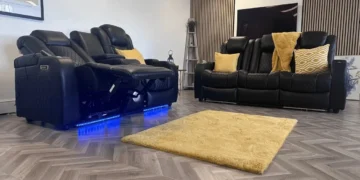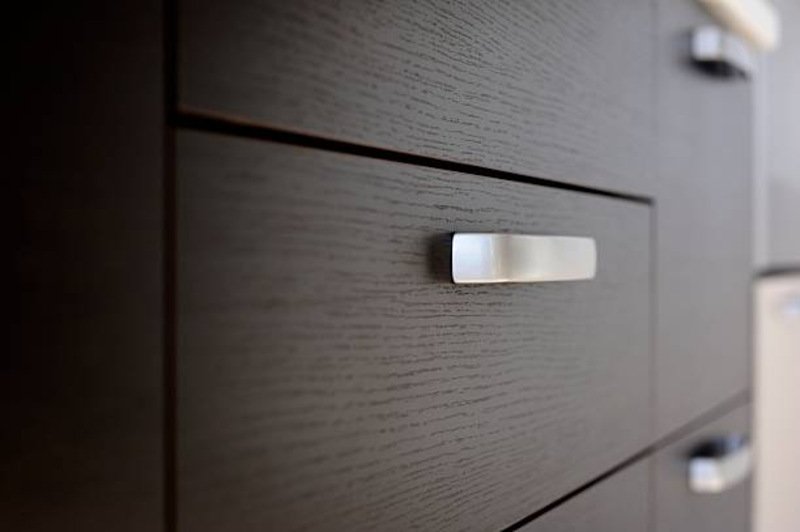Modern furniture encompasses a wide range of styles that emphasize clean lines, minimalism, functionality, and innovative materials. Since the early 20th century, designers have been pushing the boundaries of what furniture can be, often looking to the future rather than the past for inspiration. The result is that today’s modern furniture spans a diverse spectrum from retro to futuristic. Regardless of your specific taste within this broad category, modern furniture makes a striking statement and is an expressive element in any home’s decor.
Characteristics of Modern Furniture Designs
There are a few key characteristics that define modern furniture aesthetics:
Simplicity
Modern furniture embraces simplicity and avoids ornamentation. Designs have clean, straight lines and very little surface decoration. The shape and structure of the furniture itself take center stage over applied embellishments. This pared-down approach gives modern furniture a lightweight, airy quality.
Functionality
Rather than focusing merely on decorative appeal, modern furniture also prioritizes function. The designs showcase how the piece is meant to be used, such as an overt display of adjustable moving parts or clear shaping to support the body. Ease of use is important.
Use of Modern Materials
From molded plastic to perforated metal, modern furniture explores innovative materials. Manufacturers embrace new production techniques and high-tech materials that weren’t available a century ago. While wood and leather are still utilized, they are often used in fresh ways.
Forward Thinking
Modern furniture reflects cutting-edge sensibilities rather than rehashing historic styles. Designers allow themselves the freedom to create new forms based on how we live today. The emphasis is on originality and looking to the future rather than sticking with tried-and-true traditional motifs.
Hallmarks of Modern Furniture Design
Certain types of furniture have become icons of modern style, reinterpreted endlessly across the past century in myriad forms. Here are some of the highlights:
Simple Tables
Modern styling focuses on uncluttered horizontal surfaces with minimalist legs or bases, from small end tables to dining tables. Industrial materials like metal piping add interest while keeping a pared-down profile. Of course, there is also room for tables with a sculptural flair, such as a carved wooden tabletop perched atop radically angled legs for a look that is still modern but a bit more dramatic.
Low Profile Sofas and Chairs
Modern sofas and chairs often have exposed legs and low, horizontal silhouettes emphasizing the geometry of the space they occupy. Leather and fabrics are kept tight rather than tufted. Frames may be wood or steel. Shelving, ottomans, and side tables frequently integrate seamlessly to function as one cohesive unit. Some especially iconic designs include modern counter stools with saddle-style seats and long, slim legs.
Unconventional Storage
When it comes to storage, modern furniture gets imaginative. Cases may be suspended on a metal frame rather than sitting flush on the floor. Chests and cabinets integrate bold colors, futuristic shapes, plastic compartments, and compartmentalized asymmetry. The emphasis is on artistic appeal through the storage piece’s form.
Multipurpose Accents
Modern sensibilities appreciate functional, transformative details. Coffee tables convert into stools. Side tables have built-in shelving. Sofas come equipped with discreetly hidden storage. Units are designed for flexibility and serving multiple roles.
The Modern Furniture Movement
The roots of today’s modern furniture revolution reach back to the turn of the 20th century. Here is an overview of key eras and developments:
Early Influences
Many cite the Vienna Secession movement beginning in 1897 as the start of modernism in the arts, including furniture. Simple yet visually striking designs emerged, often with modern graphic flair. This rejected the decorative excess of previous Victorian-era styles.
Bauhaus School
Founded in 1919 in Germany, the Bauhaus School incorporated modern simplicity across all the arts. Their furniture was devoid of anything ornate and focused on elementary shapes, palette-driven color blocking, and seamless flow between functionality and visual appeal.
Mid-Century Modern
The Mid-Century Modern genre of the 40s, 50s, and 60s is quintessential modern furniture for many. It adopted some of the earlier Bauhaus aesthetic but added warmer, more natural materials like wood. While simplified in form, Mid-Century Modern added back some gentle curves.
Scandinavian Design
Also emerging in the mid-20th century was an especially minimalist modern style from Nordic countries like Finland. Scandinavian furniture aimed for extreme simplicity, stripped-down designs, and integration into a room rather than standing out.
Postmodernism
As a reaction against the starkness of earlier modernism, the 1970s and 80s saw furniture take a more playful, eclectic spin. While still prioritizing modernist forms, postmodern designs might boldly combine materials and patterns or add whimsical asymmetry or curves.
Continued Evolution
Today, modern furniture remains popular as new generations of designers put their own spin on core minimalist motifs while also continuing to innovate. Sustainability and integrating technology also influence modern furniture’s ongoing evolution.
No matter your taste, there is a vast range of modern furniture out there to explore and make your own. The unified aspects are:
- Clean lines.
- A cohesive relationship between form and function.
- An inherent sense of practicality.
Yet within that framework exists incredible diversity. With some inspiration from the modern greats and an eye for pieces that reflect your style, it’s easy to create a contemporary living space you’ll love.
Modern Lighting Complements the Aesthetic
No modern furniture ensemble is complete without statement lighting fixtures. Modern lighting design embraces minimalist forms, natural materials, and the latest technology to complement the decor rather than dominate it.
Floor lamps in sleek metal or wood make functional sculptures. Pendants suspend asymmetrical paper or fabric shades from the ceiling, often clustered in groups. Sconces provide ambience through unexpected materials like copper wire caging around a single bulb.
For the ultimate contemporary look, smart LEDs now allow remote control color tuning to set a mood. Touches like this make modern lighting feel like an intentional design element rather than a forgotten afterthought.
From the sparseness of the early modern era to the more accessible warmth of Mid-Century Modern and today’s playful experiments with materials, modern lighting solutions abound. They provide the perfect accent to a thoughtfully curated modern furniture collection.
Conclusion
Modern furniture and lighting represent a revolution in aesthetic that continues to evolve today. By breaking from tradition and embracing minimalist forms, designers have created an iconic style defined by crisp lines, intentional materials, and seamless form and function. Yet within this framework is incredible variety spanning sleek retrofuturism, natural wood warmth, and postmodern whimsy. Modern furniture ultimately gives you the freedom to curate your own contemporary style. With so many directions in the genre to explore, the possibilities are endless when it comes to using this adaptable furniture to create a home that looks and feels just right for you.
Recommended Posts:















